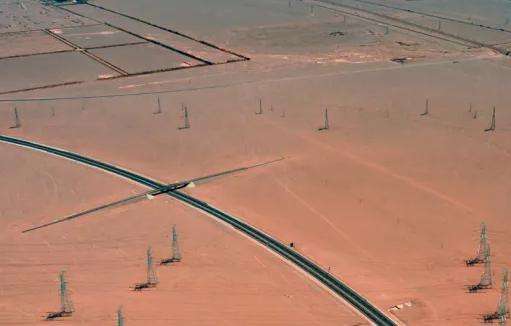1. When the generator is activated, the unbalanced neutral line of the three-phase load will be energized. At this time, if anyone works on the power line, there is a risk of electric shock.
2. Generators are mechanical devices that convert other forms of energy into electrical energy. They are driven by water turbines, steam turbines, diesel engines or other electrical machines to burn water, air. , and fuel. Or the energy generated by nuclear fission is converted into mechanical energy and transmitted to the generator, which is then converted into electrical energy. Generators are widely used in industrial and agricultural production, national defense, science and technology and daily life.
3. The neutral line is the line drawn from the neutral point on the secondary side of the transformer. It forms a loop with the phas linee to power electrical equipment. Normally the neutral line is. at the neutral point on the secondary side of the transformer. Repeated grounding with the ground wire provides double protection.
How to connect the generator live and neutral wires
The light will not turn on in either case.
Because the lamp does not form a current loop. The neutral point of the generator winding is not connected to ground. The live wire from the generator passes through the lamp to the neutral wire of the transformer and cannot return to the neutral point of the generator winding.
Typically, the generator produces three-phase wires and a neutral wire. Send it to the electrical distribution panel and connect it to the busbar. At this time, the neutral line of the generator is connected to the neutral line of the transformer and grounded, and then delivered to the load. ?
Edit: Take a closer look if the neut linere generator output is truly isolated from the transformer neutral line or ground. Using a single live wire from the generator will definitely not form a loop. Is there an electrical device or instrument that conducts the neutral wire of the transformer to the neutral wire of the generator?
What the person above said is false. The meter that steals electricity must always be connected to the neutral wire. Simply connect the meter's live wire and find another ground wire as neutral. thread. The counter will always run. Unless the meter is connected to the neutral wire, the meter will not spin.
Is it dangerous if the live wire and neutral wire of a small single-phase generator are connected in reverse?
There are four wires that come out of the generator, which should consist of three live wires and one neutral wire. One end of the three live wires is the live wire andthe other end is grounded with the neutral wire.
Typically, several wires or terminals from the generator. have the prescribed marks. After the generator is serviced, the generator wiring must be connected correctly as shown.
When generator lead wires or terminals are not marked, or the markings are unclear, or the meaning of the markings is forgotten, the following methods can be used to identify the generator wires. earth.
1. Fire test method. When the generator is working normally, use a wire to scratch. If sparking occurs when a certain wire is scratched against the other two wires, then the wire is the ground wire and the other wires are for line of sight.
2. Voltmeter measurement method. When the generator is operating normally, connect the test lead at one end of the voltmeter to one of the lead wires and connect the other lead to the others conductive wires. The voltage between the ground wire and the live wire is less than the voltage. between two live wires. For example, between one wire and other wires the voltage is about 6 volts, then the wire is the ground wire. If you don't have a voltmeter, you can also use a 12 volt bulb (the voltage is too low and the bulb is easy to burn out), connect it to the two lead wires and determine the voltage. depending on the brightness of the light. When the ground wire and the live wire are connected, the light is darker, and when the two live wires are connected, the light is brighter.
There is no danger if the live wire and neutral wire of a small single-phase generator are connected in reverse. It's not serious. In Fire Circuit 101, this is called a single. -phase circuit. In single-phase household appliances and There is no distinction between zero and fire in theuse of mechanical electricity. Just distinguish the ground wire. However, the neutral wire output of the generator may be loaded (the input neutral wire). the national electricity grid is not supplied). It is dangerous to touch it with your hands. Just be more careful during installation.
A generator with only one live output terminal and one neutral terminal is called a single-phase generator.
Single-phase generators are intended for generators in electrical systems (thermal power plants, hydroelectric power plants, nuclear power plants, etc. in the electrical network). The generators in the electrical system all have a “three-phase, four-wire” output. That is to say three live wires and a neutral wire. The three live wires are defined as “A”, “B” and “C” respectively. The output voltage and capacity of the three phases are the same, but the phase difference is 120°.
The generatorsSingle phase rs are generally only used as backup power to provide lighting, appliances, etc. to domestic users.














